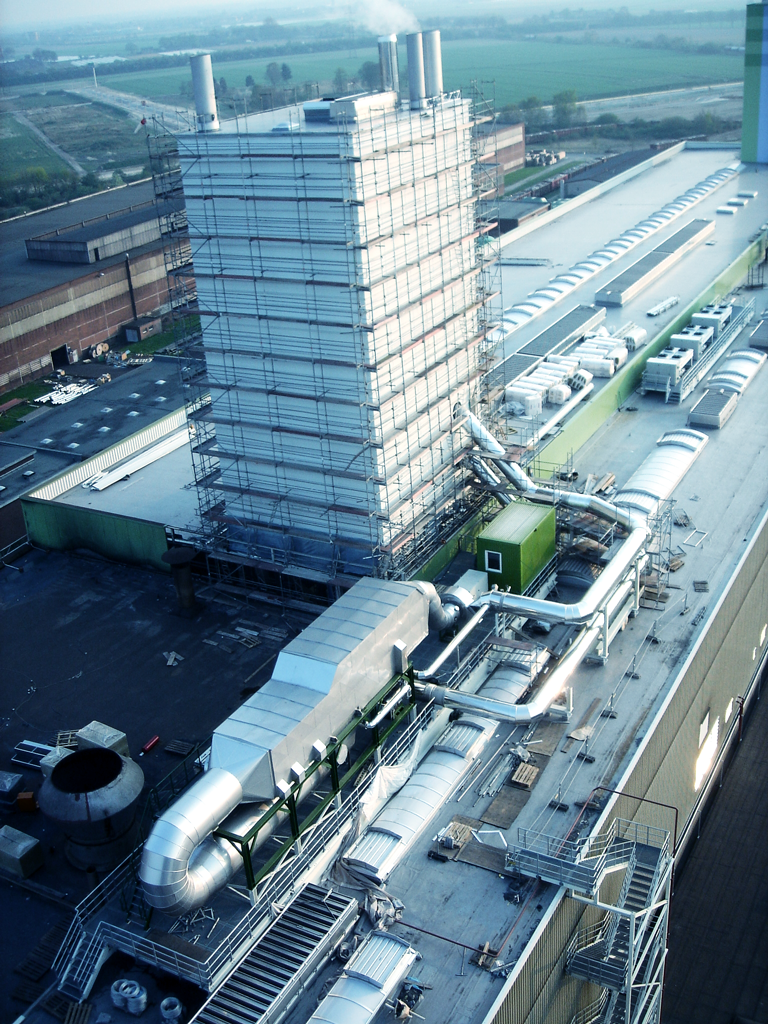
Reducing harmful emissions with machine learning
ANDRITZ Metals combines industry knowledge with state-of-the-art technology. In a recent pilot project, ANDRITZ Metals showed that artificial intelligence (AI) can estimate the concentration of nitrogen oxide (NOx) at the outlet of a DeNOx emission reduction system. This is the first step towards automated predictive injection that only injects the amount of ammonia needed, thus achieving more efficient operation.
WHAT IS THE DENOX SYSTEM?
The DeNOx system reduces harmful nitrogen oxide emissions from a steel plant. An exhaust draws the crude gas fumes into the DeNOx system, where selective catalytic reduction reduces the NOx content by up to 90%. Excellent process efficiency is essential in maximizing the environmental benefits while ensuring optimal operating costs, reagent consumption and catalyst lifetime.

HOW DOES MACHINE LEARNING IMPROVE EFFICIENCY?
Machine learning has various capabilities that allow highly automated efficiency. It can predict future outcomes; give recommendations for future actions; and make and revise decisions based on their success rates.
For the DeNOx system, the most important value to predict is the future NOx concentration at its outlet. To do this, a virtual sensor collects process parameters from the unit itself and the pickling line. This data can then be used to measure the NOx concentration in real-time, replacing the actual analyzer. By analyzing historical data, the AI can derive patterns and “learn” using data-based modeling and advanced mathematics, enabling it to estimate future changes in NOx concentration.
The next step towards full automation is the development of machine learning with the ability to give recommendations for more challenging control tasks. To do so, the technology’s predictions of current and future NOx concentration have to be combined with a process control system. Successful integration into existing systems requires expertise in the process and operations of a specific unit. With enough historical data, AI can control and stabilize operation of the plant, accurately recommending successful actions and taking weak factors and hidden dependencies into account. These abilities mean the technology can even be used in complex, less well-understood processes or if physical models are hard to create and maintain.
The most advanced AI would be able to take decisions concerning the data that is gathered and analyzed in the previous steps. Developing AI with these capabilities would finally create an automated injection system that optimizes the ammonia injection process without NOx overshooting or ammonia slip – when ammonia passes through the system unreacted.
It is the first step in a journey towards the autonomous plant.
WHAT ARE THE BENEFITS OF AI PROCESS CONTROL?
- Minimize ecological impact of the industry
- Efficiently control and stabilize plant operation
- Minimize downtimes
- Optimization of operating costs
- Prolong equipment lifetime



